Best Method for Beginner Surfers to Catch Real Waves
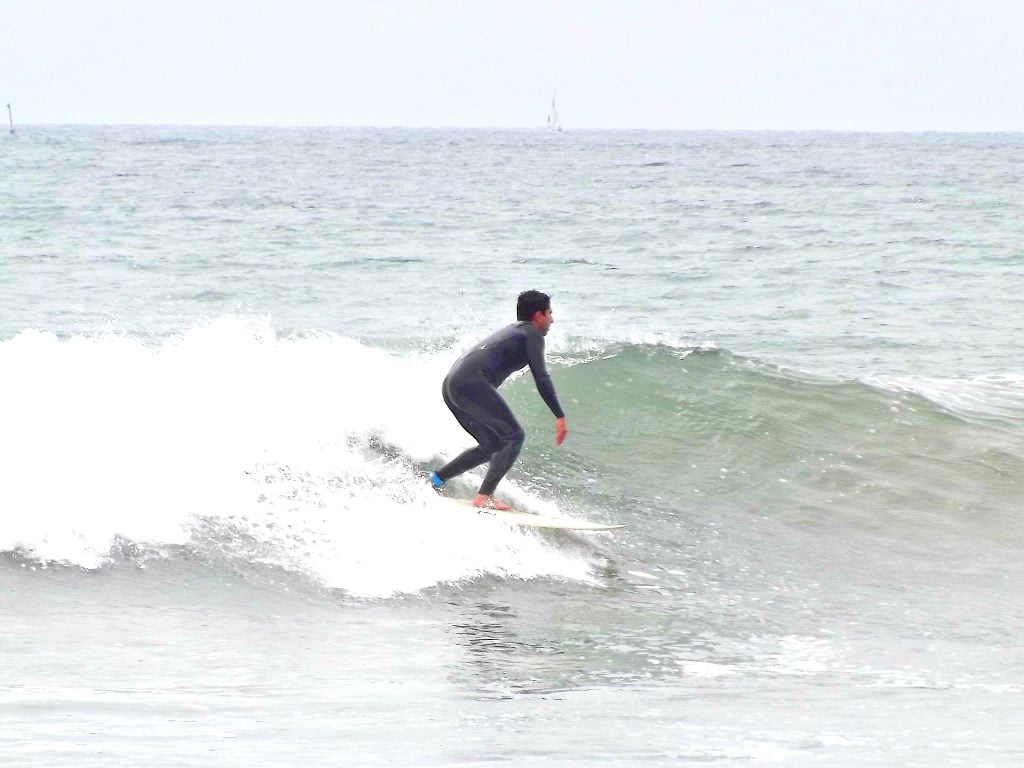
As beginner surfers progress there is a Best Method for Beginner Surfers to Catch Real Waves. Beginner surfers will progress to small real waves in the 2′ to 3′ size category on soft top surfboards. They often mix in with foam waves on sand bar beaches.
In Oceanside, we have sand bar beaches which deliver a steep real wave on the outside and then as it rolls to the beach the bottom often causes waves to reform into real waves before they break again into foam.
Starting with Foam Waves
The beginner surfer first learns to catch the foam waves in waist deep water by rolling over on the surfboard and paddling in front of the foam wave. As it arrives at the board he has paddles a few times to get momentum and then paddles hard three times to get in front of the wave. I suggest to students three easy paddles and then three hard paddles as a rhythm.
Then the student paddles out through the waves to catch bigger foam waves and learns how to select and deal with waves coming in. After a few foam waves and getting comfortable with selecting waves and catching them, the surfer can start hunting for real waves.
Foam waves roll in and can be caught over a long range of time. Real waves break in a few seconds and the surfer has to be in position. On the outside, the real waves usually break at the same spot and the line up is a good indication of where they are breaking.
Hunting for Real Waves
Once they start rolling to the beach there is rarely a consistent spot where they break although at certain times because of tide, they may break in one general spot. To catch foam waves, I have students paddle out and with a big gap before the next foam wave make a 90 degree turn to wait for the incoming foam wave. Then when the wave gets close, make the next 90 degree turn toward the beach and catch it.
When it is time to start catching small real waves, I have the students paddle out and then instead of making a 90 degree turn and waiting, make the 90 degree turn and keep paddling to hunt for a small real wave. The student sees the real wave form and decides whether to paddle out a little, continue paddling parallel or paddle in before making the turn toward the beach.
On a foam wave, the surfer can paddle hard three times to catch the wave. On a small real wave, the surfer might have to paddle eight times to get in front of the wave and catch it as it is breaking because it doesn’t have the power of a foam wave or a bigger real wave.
Now the surfer is hunting for small real waves. He can catch a foam wave that looks good or see the real wave. A foam wave has to be caught so the foam hits the back of the surfboard squarely. If a foam wave hits the soft top at an angle, it will flip the board.
A real wave can be caught at an angle and the surfer is immediately riding in the pocket and may get a long ride at an angle toward the beach. As the surfer moves outside to hunt for bigger real waves, he can then catch real waves that have broken and slide into the pocket that is rolling. He enters paddling and facing the beach at a 45 degree angle and as the wave rolls under the board, he pops up and now is riding in the pocket at a 45 degree angle toward the beach.
More Posts
Oceanside Surf Lessons for Beginners
Beginner Surfers Learn the Pop Up
How to Progress to Surfing the Short Board
For Surf Lessons in Oceanside, see the Home Page
To in surfing shape see my website Get Fit to Surf
See me on Instagram
Why Not Prioritize Gratitude in Your Life? We aim for many goals that will take time or may not happen. We can have gratitude everyday. Isn’t gratitude the companion of happiness, achievement, life satisfaction? We can have it every day without having to achieve. Gratitude can become a habit. Why not be happy everyday?
Buy Now on Amazon. E-book $2.99 or Paperback $6.95
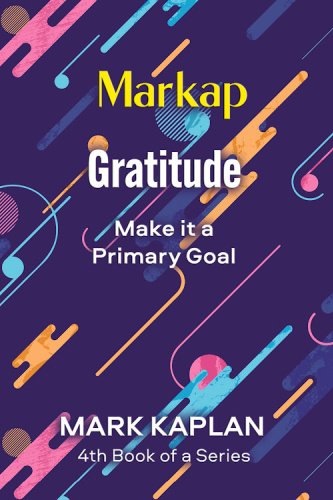
The Surfing Trilogy combines three books into one E-Book. Learn in one easy to read concise volume how to lose weight, get fit, and learn to surf.
It combines the books: The 3 Week Plan, Get Fit to Surf, and Learn to Surf Guide
Buy the E-Book on Amazon for $6.99
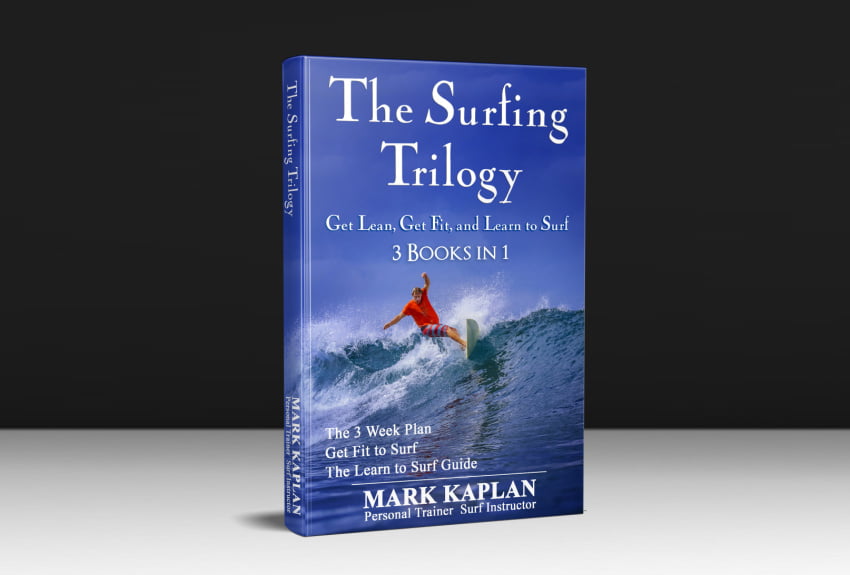
Want to get in great shape for surfing and an improved lifestyle? Start with the Free E-Book The 3 Week Plan. It is the perfect start for getting in great shape and losing weight.
Consider Coaching and the Surf Package the combines Surf Lessons and Fitness Coaching

Learn More
Get my new book Get Fit to Surf
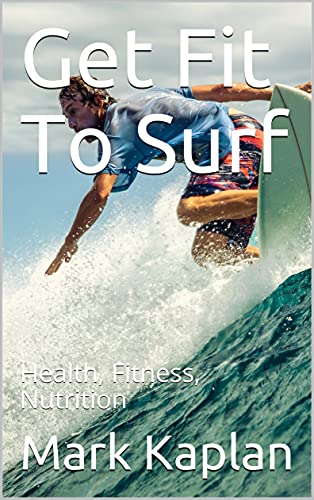
Its time to get back in shape. This book discusses strength, flexibility, stamina, and nutritional needs for getting in shape and losing weight. It is the great guide to get back to fitness for all your recreational desires. If you can surf, you can do most anything.
Buy on Kindle for $2.99 or Paperback on Amazon for $6.95
Get the Learn to Surf Guide Course in Kindle, Paperback or Audio
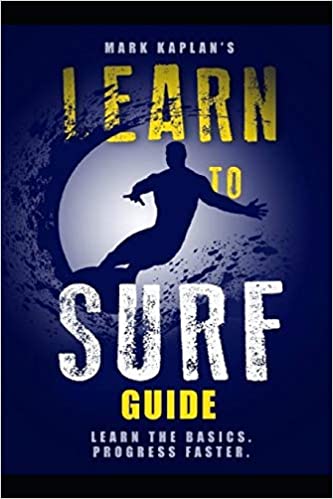
A great 29 page course on the fundamentals of catching waves, doing beginner and advanced pop ups, riding real waves, how to do maneuvers on real waves, which surfboards to ride, and how to progress. Great for lesson preparation, after lesson review, or learning on your own.
Kindle price $2.99 on Amazon. Paperback price $6.95 on Amazon. Audio download price $7.95
Seniors Get Fit to Surf
Description:
Seniors often ask if it is too late to learn to surf. Age is functional not chronological. If people have been exercising and maintaining body strength, surfing can be accomplished. If people have not been exercising, then getting in shape to surf could be a life changing move. Learn how to develop strength, flexibility, and stamina to learn surfing. If you are in surf shape, you could pursue most any recreation.
Buy the E-book on Amazon for $2.99
Buy the Paperback on Amazon for $6.95
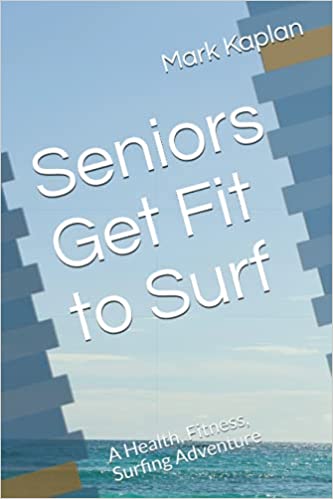
Receive Weekly Active Lifestyle Tips on Nutrition Merchandise, Losing Weight, Getting Fit, Recipes, Meal Plans, Exercise Videos